-
Contact local, like-minded organizations
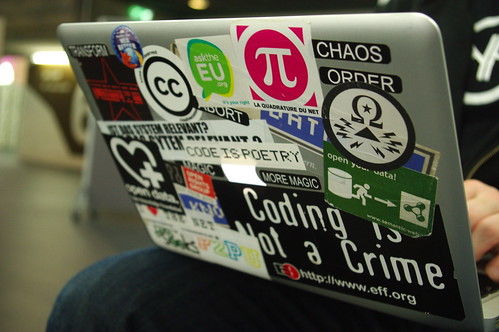
Research organizations in your area that are interested in technology and learning. Ideally, participating organizations will believe in learning by making and will support out-of-school educational initiatives. Talk to staff about their interests, goals and the people they serve. Ask organizations to host a learning station – a simple activity based on the work they do in the community. You can use a Hive Pop-Up to initiate the discussion of creating a Hive Learning Network in your city.
-
Plan Great Stations
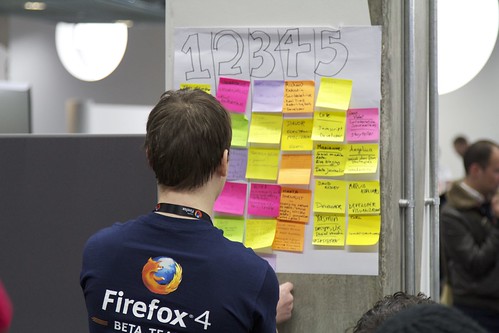
Work with the organizations to plan engaging stations. Stations should include fun, short games or activities that teach something about technology. Activities should be simple enough to explore in 5 minutes but have potential for expansion if participants show a particular interest. Participants should be able to easily float between stations, and they should be able to share what they create.
Activities should be well-documented with photographs and video that can be shared online. Be sure to set aside time for organizations to see each other's activities and exchange ideas.
Sample Stations might include:
- Hack a Boardgame: Reveal the mechanics of a game and break down the true definition of "hacking" in this fun, tinkering activity. At the end, learners will understand that hacking is something that can be done in everyday life.
- Make your own How-to with Thimble: Use HTML to remix and create a tutorial for anything!Help teach a bit of HTML and have learners publish and share their makes.
- Make it Interactive: Bring a Radio Story to Life: Use Popcorn Maker to explore how imagery influences the way someone hears or reads a piece of text. Use this fun, collaborative activity as a way to document your event!
- 3D Printing from Minecraft: Login to Printcraft's Minecraft server to build Minecraft objects that you can then export and print on a 3D printer! Learners will understand how 3D modeling works and have an artifact to take home with them.
- Make a Scratch game: Teach the basics of computational thinking and programming by helping learners make a game using MIT Media Lab’s Scratch.
-
Pick a date and location

Give yourself plenty of time and collaborate to make sure the date works for the participating organizations. Find a comfortable, flexible space. You'll need tables for each station and room to move around. Be creative – maybe try a cafe, library or a hackerspace? Ensure there is Internet, power and good lighting. And don't forget snacks!
-
Spread the Word
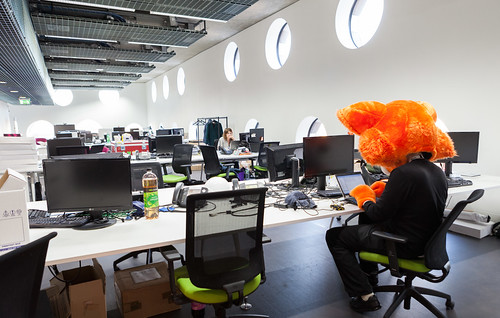
Give yourself enough time to promote your event. Consider making an event invitation and spreading the word to local communities. Share the link widely and ask the participating organizations to invite their communities. Also make sure to get plenty of extra volunteers to help run the event. You'll need people to help with set up and tear down, document and photographing the event, interact with parents, set up food, run station activities, etc.
-
Before learners arrive
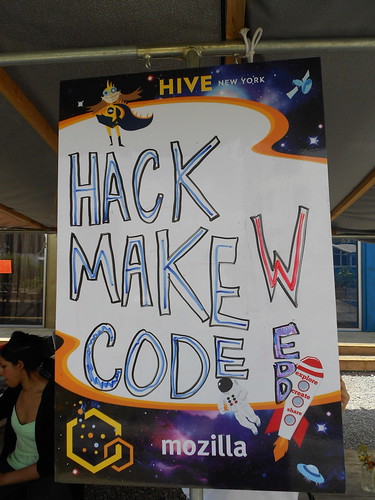
Set up tables in a large circle. Use posters or other signage to indicate the different stations. Remind facilitators to welcome newcomers, and make sure the volunteers know what their jobs are and what stations they're at.
-
Get people started
Welcome the group and invite each station to introduce their organization and what they'll be making. Encourage people to follow their interests by staying at stations as long as they like.
-
Help learners engage

During the event, help people find things to do, encourage people to move around freely and have fun!
-
Share the hacks
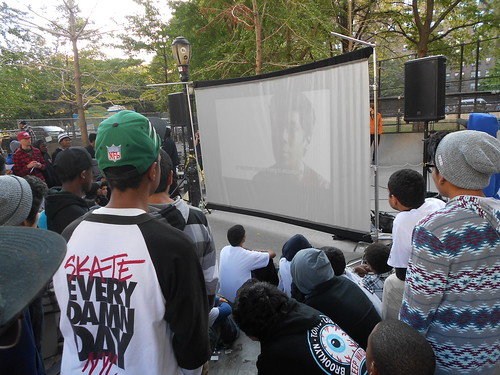
After an hour or two, bring the group into a circle. Celebrate what participants made. Invite a few people to share their work. Encourage the group to post their work online with the tag #makerparty.
Ask participants for feedback. What did they learn? What did they enjoy? If they have suggestions for improvement, be sure to take notes or invite them to blog about it. Be sure to ask what the participants would like to do next. Provide links to websites where they can continue learning new skills.
-
Wrap Up
Once the public has gone, do a debrief with the participating organizations. Gather feedback and ask if the Pop-Up was a good way for them to serve their communities? Talk about continuing to hack together and establishing a Hive Learning Network.
-
Communicate with Participating Organizations

Send a heartfelt "Thank you!" to participating organizations. Ask them to report on the Hive Pop-Up to their communities, and help them by providing photos, videos and links to the work that was created. Ask when these organizations might like to meet to continue the discussion of forming a Hive Learning Network.
-
Inspire other webmakers and Hive Pop-Up hosts!
You can hack this guide to create documentation for your event. Then post photos and makes to our G+ group and share your documentation widely. Please email us links to the things you made and your thoughts on the event. Join a Teach the Web Call and talk about your Pop-Up.
Before your Event
During your Event
After your Event
Hive Pop-up Stats
![]() 2 - 10 participating organizations
2 - 10 participating organizations
![]() 4hr duration, 2 to 4 weeks prep
4hr duration, 2 to 4 weeks prep
![]() At a school, library or large, flexible space
At a school, library or large, flexible space
Suggested Readings for Establishing a Hive Learning Network
Remix this resource and share your improvements with the Mozilla Webmaker community.
Photo credits go to the Open Knowledge Foundation, David Illsley, Cory Doctorow, MIT's Scratch, Nikos Roussos, Paul Clarke, Tomatoeblue
